Oldest book in the world- Rigveda
Oldest book in the world- Rigveda
We all are well accustomed with the Vedas. There are four vedas- Rigveda, yajurveda, samaveda ,atharvaveda. Rigveda is the oldest of all. It was composed around 3500 years ago with hymns called sukta meaning well said. These hymns were in praise of Gods and Goddess.
Three gods were equally praised, Agni or the God of fire, Indra or the warrior God, soma or the plant from which special drink was prepared.
These hymns were composed by the sages or the rishis. The priests taught students to pronounce, recite and learn any word, sentence with great care. Men were mostly responsible for composing or learning any hymns. However some were composed by women as well.
The Rigveda was composed in old or vedic Sanskrit which was very different from that children learn today.
The books that we use today we’re written and printed, while Rigveda was cited and heard, rather than been read.
Some of the hymns in Rigveda were in the form of dialogues.
Oldest book in the world- Rigveda
OLDEST BOOK IN THE WORLD- THE RIGVEDA
- There are four Vedas-
- The Rigveda
- The Samaveda
- The Yajurveda
- The Atharvaveda
THE RIGVEDA:
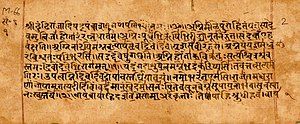
- The oldest Veda is the Rigveda.
- Composed about 3500 years ago.
- The Rigveda was composed in the north-west of the subcontinent.
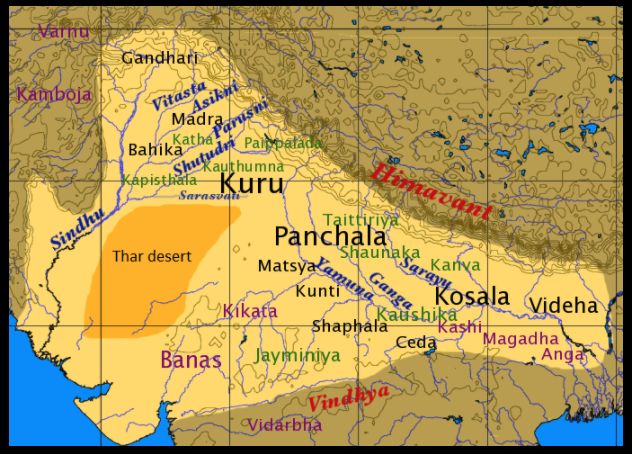
- Includes more than a thousand hymns, called Sukta or ‘well said’
- Hymns/ Sukta are in praise of various Gods and Goddesses.
- Agni- The God of Fire
- Indra- A Warrior God
- Soma- a Plant from which a Special drink was prepared.
- These hymns were composed by sages(rishis)
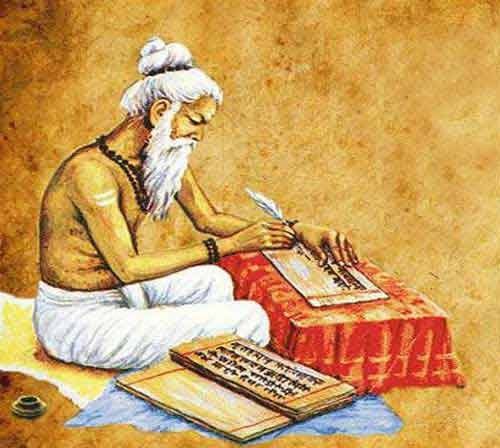
- Priests taught students to recite and memorise each syllable, word, and sentence with great care.
- Most of the hymns were composed, taught and learnt by men.
- A few were composed by women
- The Rigveda is in old or Vedic Sanskrit ( different from today’s Sanskrit).
- The Rigveda was recited and heard rather than read.
- It was written down several centuries after it was first composed.
- And printed less than 200 years ago.
SANSKRIT AND OTHER LANGUAGES:
The mother language- Sanskrit
‘MATR’-SANSKRIT
‘MA’- HINDI
‘MOTHER’- ENGLISH
INDO-EUROPEAN LANGUAGE FAMILY—--SANSKRIT—--
- INDIAN LANGUAGES
- ASSAMESE
- GUJARATI
- HINDI
- KASHMIRI
- SINDHI
- ASIAN LANGUAGES
- PERSIAN
- EUROPEAN LANGUAGES
- ENGLISH
- FRENCH
- GERMAN
- GREEK
- ITALIAN
- SPANISH
Cattles, horses & Chariots, people
Cattle, Horses, Chariots
There were prayers in Rigveda for the cattle, children ( sons),horses. Horses were yoked to the chariots that were used in the battles. Battles were fought to capture land, which was important for pastures, cattle, people , water and many more things.
The wealth obtained were kept by the leaders, some were given to the priests, while the remaining were distributed among the people. Wealth were also used in performing yagnas or the sacrifices of the animals. These yagnas were performed to please gods and goddesses. Offerings in the yagnas were made in the form of ghee, grain and animals.
Men used to take part in the wars. However there were no military or army,but there assemblies where people met to discuss about wars and how to maintain peace. People used to chose leaders who were brave and were warriors.
Cattles, horses & Chariots, people
CATTLE, HORSES AND CHARIOTS
- Many prayers are there in Rigveda for
- Cattle
- Children especially for sons
- Horses
- Reasons for their prayers:
- Horses yoked to chariots —-used in battles
- To capture cattles
- For land
- For pastures(for animals)
- cultivation(for growing hardy crops as barley)
- For water
- To capture people
- Wealth obtained from the battles
- Some kept by the leaders
- Some given to the priests
- Used for the performance of Yajnas/ Sacrifices in which offerings were made into the fire
- Meant for Gods and Goddesses
- Offerings included ghee, grain, and in some cases animals
- The rest distributed amongst the people
- Mostly men took part in wars
- No regular army but assemblies held
- People met
- Discussed matters of war and peace
- Chose leaders, who were brave and skillful warriors
PEOPLE- WORDS TO DESCRIBE THEM
Several ways to describe people:
- In terms of their work
- The language they speak
- The place they belong to
- Their family
- Their communities
- Their cultural practices
Some words used to describe people in The Rigveda:
- Two groups described in terms of their work
- The Priests- called Brahmins
- performed various rituals
- The Rajas
- The Priests- called Brahmins
- Did not have capital cities, palaces or armies
- Did not collect taxes
- Sons did not automatically succeed fathers as rajas
- Two words used to describe the people or the community as a whole
- Jana ( still use in Hindi and other languages for people)
- Vish (the word vaishya comes from vish)
- Several Vish or Jana mentioned by name
- The Puru Jana or Vish
- The Bharata Jana or Vish
- The Yadu Jana or Vish
- Sometimes described as
- Aryas
- Who composed hymns
- Dasa / Dasyus
- People not performed sacrifices
- Spoke different languages
- Later Dasas means Slave
- Often captured in wars
- Treated as the property of the owners
- Make them do whatever owners wanted
- Aryas
megaliths, Social differences, burial site - Inamgaon
Megaliths and social differences and finding about Inamgaon.
Megaliths were big stones arranged to mark the burials. Such Megaliths are found in the deccans, south India, Kashmir. Some Megaliths were found on the surface while some in the underground.
The deads were buried with pots like black and red wares, ornaments made of stone and gold, skeleton of horses, horse equipment,etc. It was believed that what ever things were found in the burials belonged to the deads.
However more than one dead body were buried in one Megaliths. It was believed that they must have belonged to the same family. Some burials were found with made expensive items like potteries, gold and silver ornaments, animals, while some had only pots. This indicated that there social status differences among people. Some were rich, while some were poor, some were the leaders while some were the followers. These Megaliths had portholes which served as the entrance. It also had signboards so that people could identify theirs.
Inamgaon is the site situated on the river Ghod , a tributary of Bhima. The adults were generally buried here with straight body and head turned to the north side. Some burials were found in the houses. Pots filled with water and food were buried along with the burials.
Seeds of wheat, barley, millets have been excavated by the archaeologists along with the bones of animals like cattle, pigs, deers, antelopes ,mongoose and many other. The mark on their bodies indicated that they were used as food. Evidence of fruits such as ber, jamun Amla were also found.
megaliths, Social differences, burial site - Inamgaon
MEGALITHS - SOCIAL DIFFERENCES
Megaliths: Stone boulders, literally big stones
- Megaliths were carefully arranged by the people to mark burial sites.
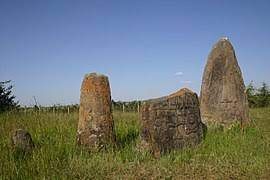
- The practice of erecting megaliths began about 3000 years ago.
- It was prevalent
- throughout the Deccan
- South India
- in the north-east
- Kashmir
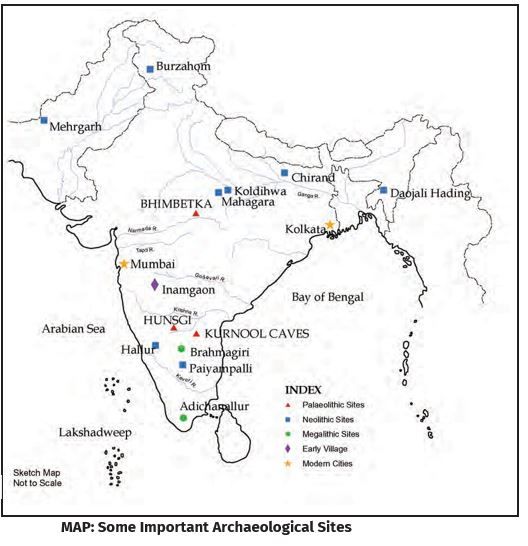
- CIST: have port-holes used as an entrance
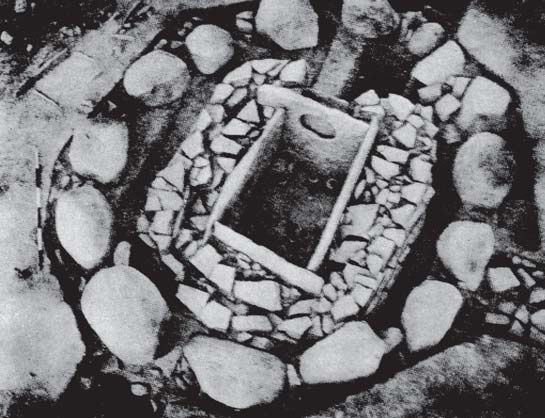
CIST
- Some megaliths can be seen on the surface other megalithic burials are underground
- Indications that there were burials beneath
- Sometimes a circle of stone boulders
- A single large stone
- Indications that there were burials beneath
COMMON FEATURES OF THE BURIALS:
- The dead buried with distinctive pots
- Red ware
- Black ware
- Tools and weapons of iron
- Skeletons of horses
- Horse equipment
- Ornaments of stone and gold
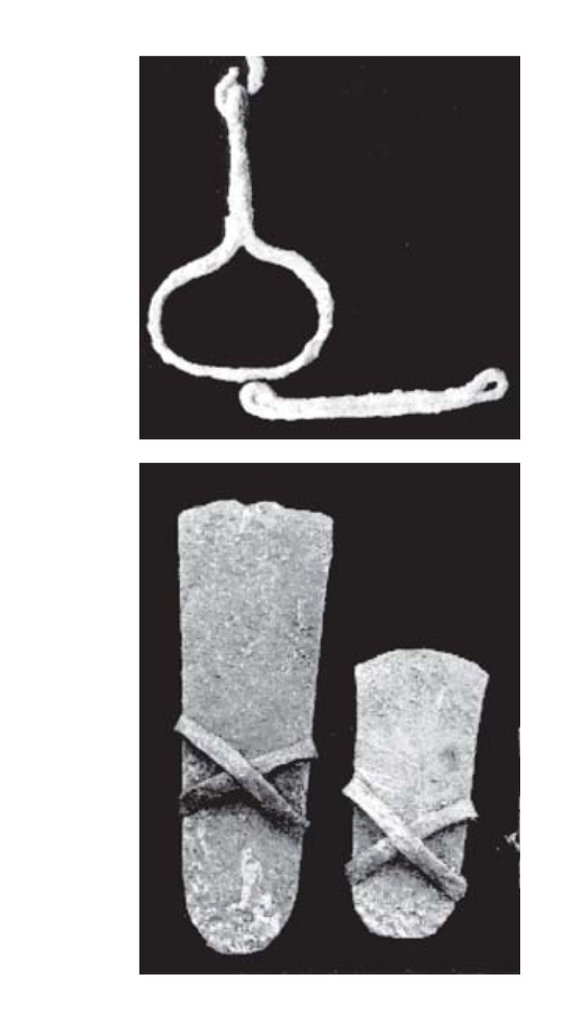
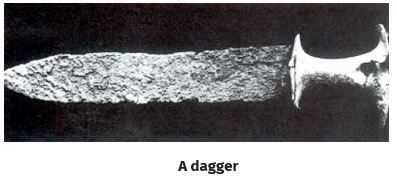
Iron equipment found from megalithic burials
SOCIAL DIFFERENCES:
- Archaeologists think that the personal belongings were kept along the skeletons in the burials
- Sometimes more objects were in one grave than the others which shows the social differences amongst the people of that time.
- In Brahmagiri, one skeleton was buried with
- 33 gold beads
- 2 stone beads
- 4 copper bangles
- 1 conch shell
- Other skeleton have only few pots
- In Brahmagiri, one skeleton was buried with
- Some were rich,others poors, some chiefs and others followers.
- Some burial spots meant for certain families- more than one skeleton
- People of the same family buried in the same place but in different periods
- Those who died later, their bodies brought into the graves through the portholes
- Stone circles or boulders served as Signposts to mark the burial sites.
- So that people could return to the same place whenever they wanted to.
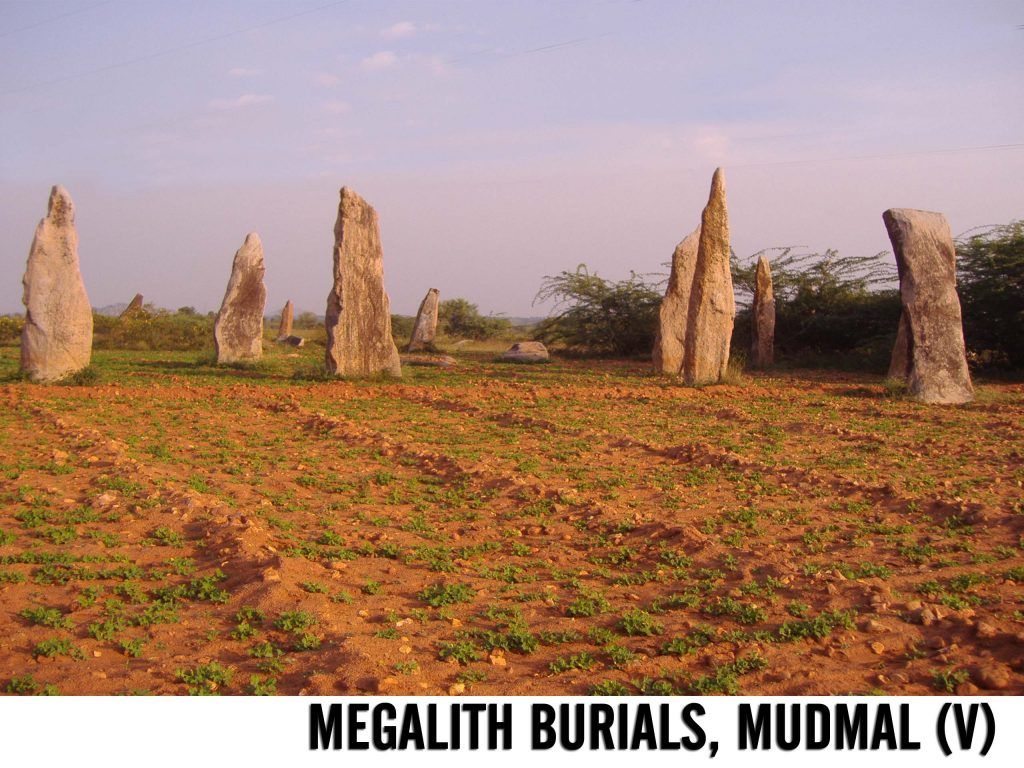

 Indira Gandhi Memorial High School
Indira Gandhi Memorial High School
